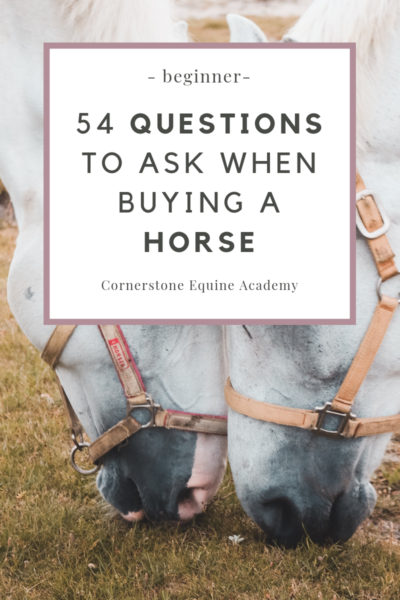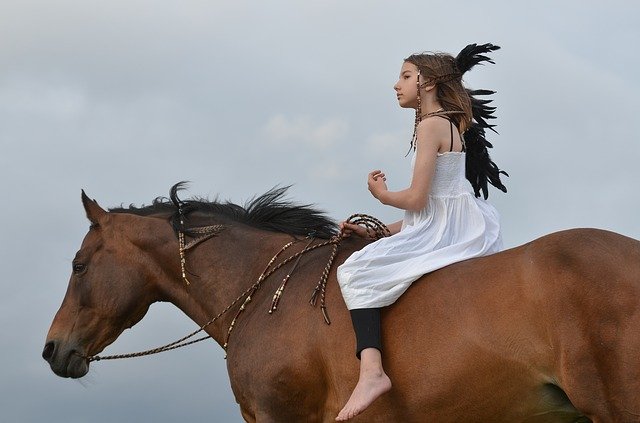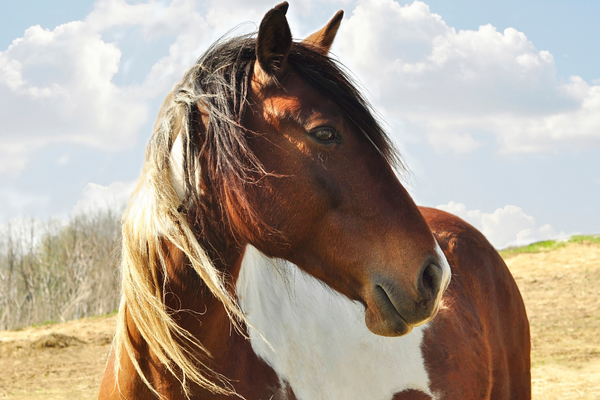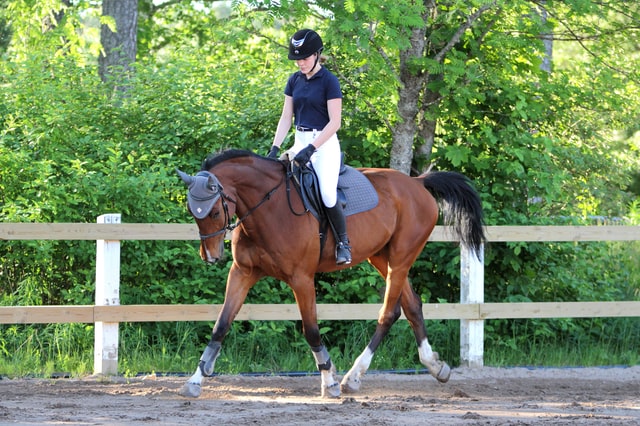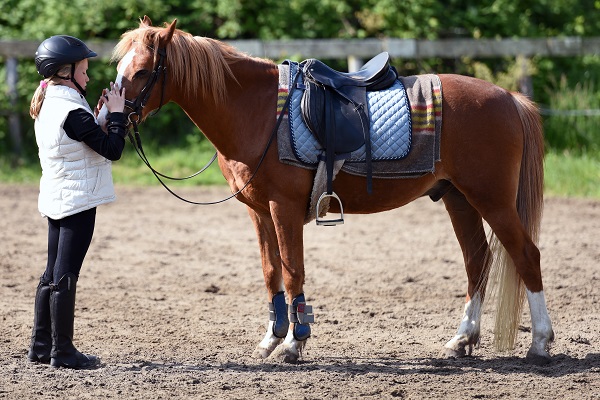How to Use Your Hands Effectively as Aids
When we ride, equestrians have aids that we use to communicate with the horse.
Our hands can be effective communication devices or confusing and frustrating tools.
When it comes to communicating with our horses, we have four communication devices, or aids: the voice, our hands, our legs and our seat/weight.
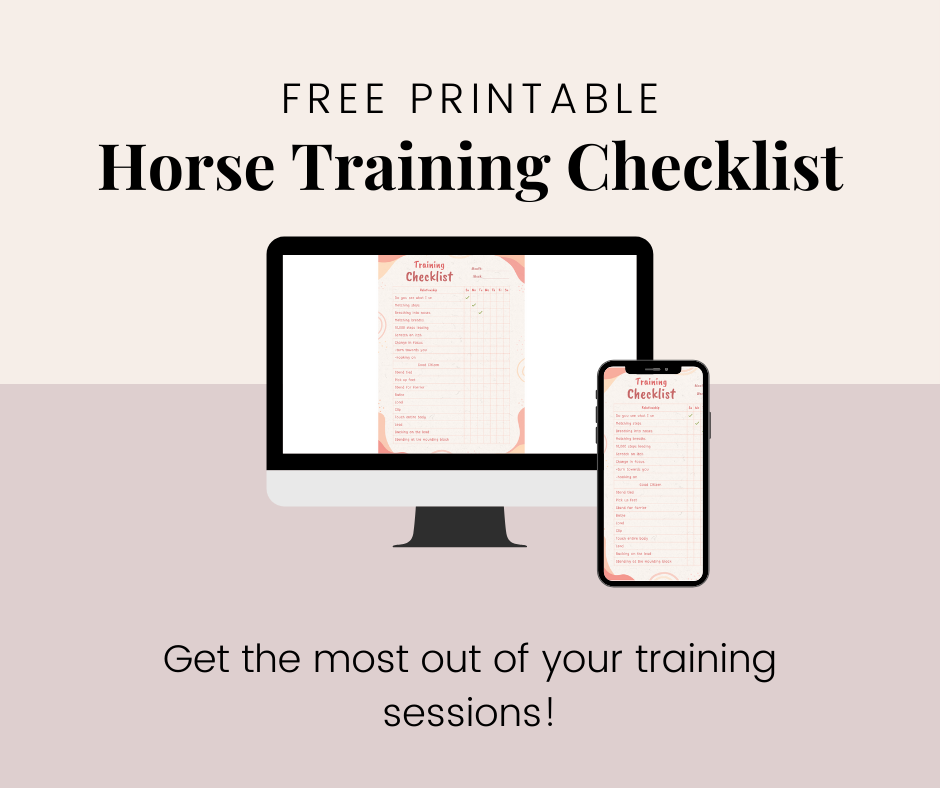
How to Use Aids to Communicate to the Horse
Before we dive into the use of our hands, I want to cover some basic groundwork when it comes to communication aids – because that’s all the aids are when we’re riding.
Firstly, your horse speaks his own language, very different from ours, and we speak our own language – primarily with our mouth.
Training a horse involves developing a common language, and teaching and explaining this language to the horse.
More than that, the horse has to understand this new language, and obey to make specific movements in his body.
In a well-trained horse, with a well-trained rider, this communication is instant and looks effortless, but don’t be fooled – it is only the result of “speaking” to each other for thousands of hours.
In addition to learning a new language, the horse much develop the part of his brain – with our assistance – that actively controls his body.
Before training, a horse’s body movements were instinctual and not “controlled”.
The commands we ask the horse to do require a more complex level of thought.
What he did instinctively, must be thought about now, and he must figure out how to control his limbs – to lengthen his stride, constrict his stride, bend through the side, etc.
Hands as Aids
Before you begin to really work on your hands, you need a very solid seat.
If your seat doesn’t move with the horse and your abs don’t absorb the motion, your arms and hands will not be able to work independently of the horse’s motion.
If your seat and legs control the ribs and back end of the horse, your hands control the front legs and head and neck of the horse.
Once you have a solid foundation to work from, you can begin to really address your hands.
Before you can begin communicating to your horse, you need to listen to him.
Pick up the reins, create a gently contact and begin listening.
“Your hands belong to the horse.”
Sally Swift
Let your shoulders and elbows be loose and free-flowing.
Give and take with these joints so that your hands can follow the movement of the horse.
Your shoulders and elbows allow the big motions, where you hands and your fingers create the more subtle, small motions.
Ride in a round pen, or enclosed arena or on a lunge line.
Don’t try to steer the horse or control his speed at all.
Let your arms and hands follow the movement of the horse’s head at a walk, and then a trot and a canter.
The horse’s head will move differently at the different paces – learn first to maintain a steady contact without interfering with his motion.
Then the real work begins…
How to Use Your Hands as Aids
Like I said above, your arm motions have to come from a steady and stable seat and core.
When you need to make large movements, the motion begins with the shoulders and elbows.
When you need to make more subtle movements, your wrists and fingers engage.
When you say something to your horse through the reins, your ring finger starts the motion.
Using your thumb and index finger first creates a hammer-like hold on the reins and your wrist bends in an awkward position.
If more pressure is needed, your ring finger will then engage the other fingers, your wrist will slightly bend or contract and you elbows will move backwards.
We cannot talk about training a horse without talking about the reward – release.
All horse training is applying a pressure and rewarding your horse when he gives you the desired results by rewarding him with a release.
Always err on the side of releasing too much and too quickly, as opposed to missing the cues and keeping the pressure on.
If your horse does not get the reward from performing the desired action – even if only for a second – then he will get confused and try something else to elicit a release of pressure.
Possibly something you don’t want, like a buck or crow-hop for example.
In the next post we’ll discuss several exercises you can do to improve the feel and effectiveness of your hands, or help your students to be more conscious of using their hands as aids.
For more in-depth posts on riding and horsemanship, check out these other ones I’ve written:
